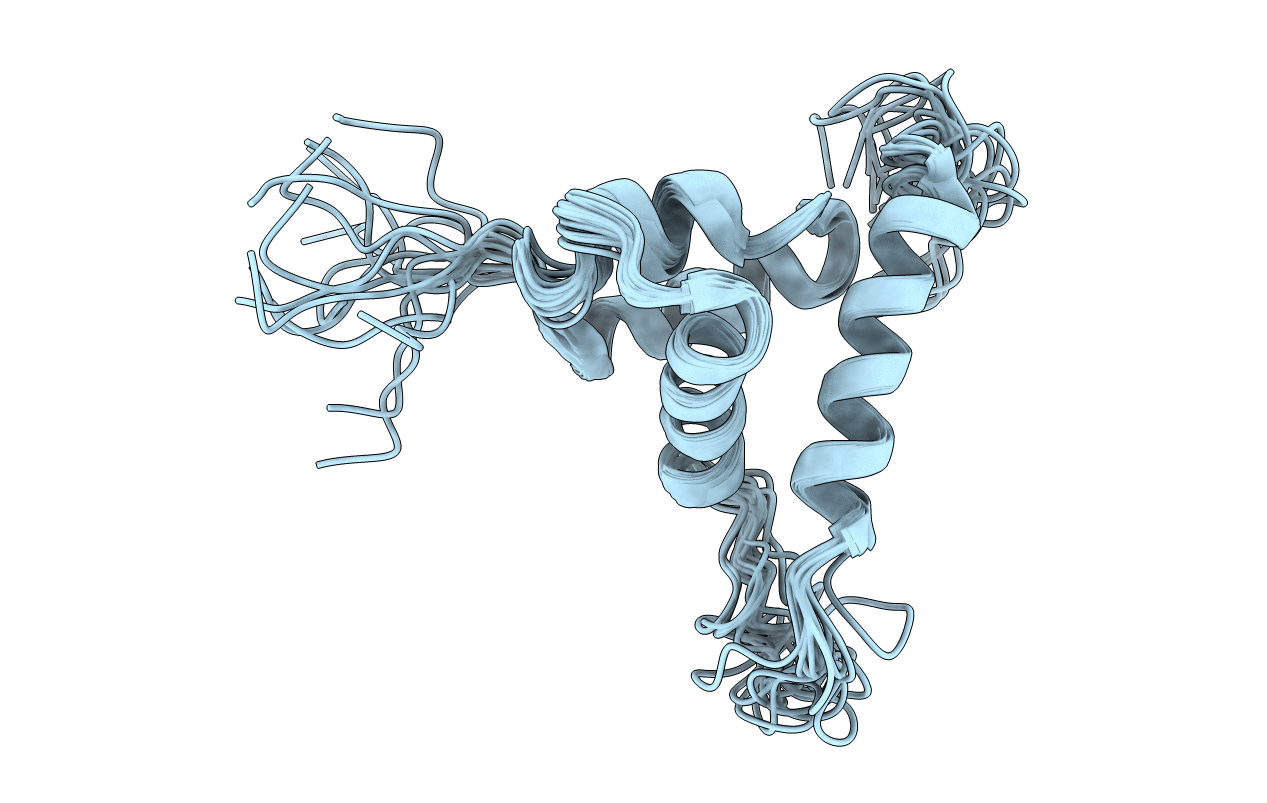
Deposition Date
2005-08-01
Release Date
2006-07-04
Last Version Date
2024-05-29
Entry Detail
PDB ID:
2AJE
Keywords:
Title:
Solution structure of the Arabidopsis thaliana telomeric repeat-binding protein DNA binding domain
Biological Source:
Source Organism:
Arabidopsis thaliana (Taxon ID: 3702)
Host Organism:
Method Details:
Experimental Method:
Conformers Calculated:
100
Conformers Submitted:
15
Selection Criteria:
structures with the lowest energy


